Widespread flooding battered Australia in the last two weeks as floods in the east of the country killed over 20 people and left thousands of homes uninhabitable, according to media reports.
Extreme rainfall in Australia is nothing new, but it’s possible the flood damage could have been prevented with Sightbit. The Israeli startup, which originally began as a company leveraging AI to alert lifeguards to swimmers in danger is now using its deep learning computer vision technology to alert users to water situations that could potentially become hazardous and unsafe.
Sightbit’s core system transmits real-time information to monitors in various control rooms, which sounds an alarm that alerts those control rooms when people are in dangerous water situations at the beach. The team behind Sightbit later tested their technology in other water settings and found that the same technology can also predict when water is too high or is in danger of damaging areas by keeping track of its direction, size, and movement.
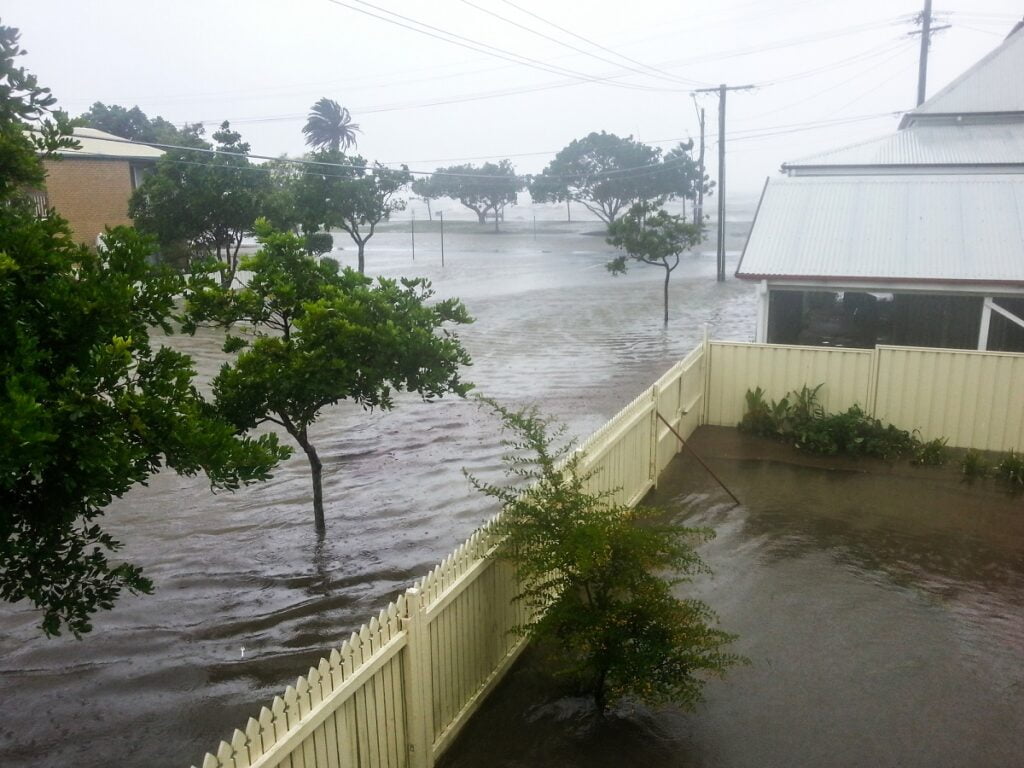
“Let’s say water is gathering outside of your house because of a storm. There isn’t supposed to be water there. Sightbit’s technology is able to detect a small amount of water and [notice] its changes due to rain. The second stage is to try to analyze it and see its change in size and movement to understand that it could potentially turn into something serious,” Netanel Eliav, co-founder and CEO of Sightbit, tells NoCamels. In this way, the tech can warn others of a potentially dangerous water situation, he adds.
Sightbit was founded in 2019 by Ben-Gurion University alumni (BGU) including Eliav and Adam Bismut. It received financial backing from Innegev ventures and Cactus Capital, a venture arm of BGU. Known for its drown prevention tech, the company later had requests from customers to come up with new ways to deal with unusual water situations outside of the beach.
“In 2020, we conducted a very small POC (proof of concept) in regards to trying to detect a river that was going to flood. We detected it successfully and since then we’ve improved our system and eventually realized that our core technology is not only good for swim sites, it’s also good for any water environment — because we specialize in detecting water changes,” Eliav says.
“The first thing that reminds you of what’s so special about Sightbit technology is that we can use an off-the-shelf camera — any camera of the city or company or any camera outside your home, simply above the garage. We can use it [to detect dangerous water situations] and we don’t need any special sensors.”
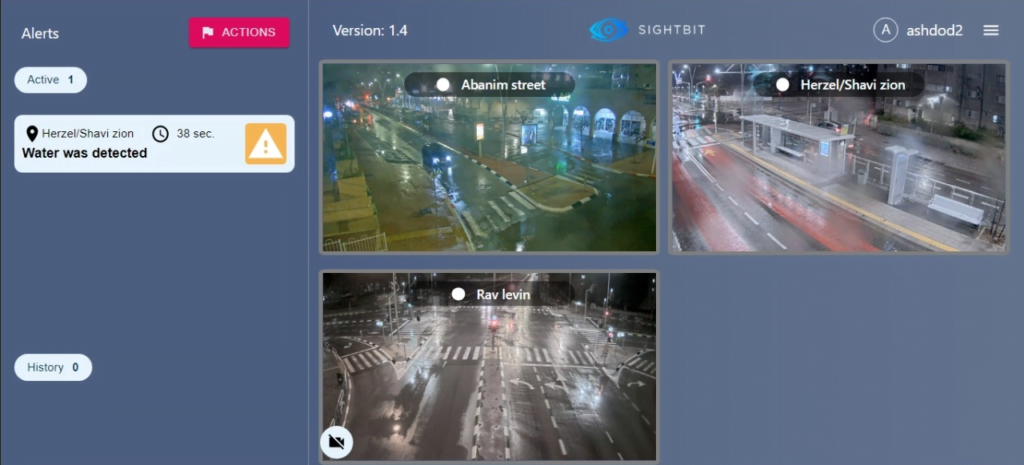
When the user realizes a water situation could turn into a flood, the Sightbit team provides insights to the user, the county, the command center. “Because it’s a prediction, they can actually send the forces over to the area before something happens,” says Eliav.
Sightbit technology is also capable of predicting potential flooding in cities and urban settings, where the infrastructure is often difficult to manage during a flood situation. “Most of the time when you have floods, it’s because of lack of management of the infrastructures, so they need to open the pipes, to close them, to open the dam, to close the dam, and they realize they need to react to that only when they can already detect the flood and it’s too late. Now because everything regarding Sightbit is the prediction, and then they can make the decision on what to do,” he says.
SEE ALSO: Technion Scientists Remove ‘Forever Chemicals’ From Drinking Water
When Eliav says it’s the same customers that want this technology, he means that the same companies that requested Sightbit for human public safety and security purposes are the ones that could benefit from the new technology used for flooding predictions. Besides cities, factories and companies located near the water also need to be aware of the water situation – including things like high tides and floods – in order to see if it has affected their infrastructure.
Sign up for our free weekly newsletter
SubscribeThe core technology
In a Zoom interview with NoCamels, Sightbit co-founders Eliav and Bismut tell NoCamels about Sightbit’s core technology. “We can not only detect the water, but we can detect the changes of the water, the direction that the water is moving in, and today, we are already able to detect the source of the water. Now some of the time, the sources drain – that’s obvious – but other times its pipelines and infrastructures from other cities. So we detect the water, the movement, the situation, and the source,” Eliav explains.
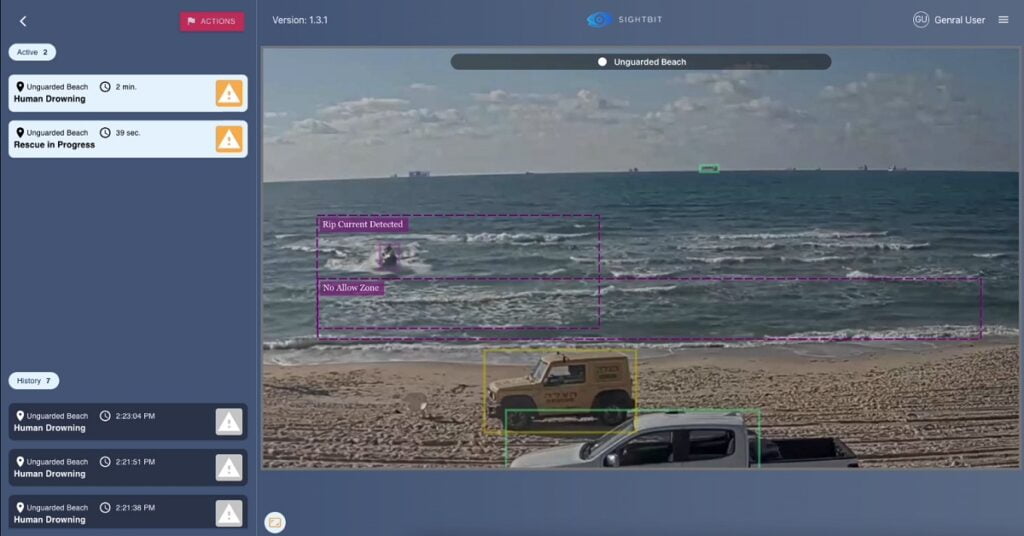
“It’s very difficult and very challenging…because the water is always changing,” adds Bismut, “Our algorithms are very unique because they are the only ones that can detect and read the water themselves,” Bismut says the technology can detect changing behavior in the water, whether that means the direction the water is moving in or whether there are objects in the water or humans stuck because of it.
The core technology can deal with any type of water and situation captured by any type of camera, one just needs to direct the camera in the right direction, press on the feature (whether you want to check for humans in the water or potential flooding or even tsunami detection, according to the co-founders.
Drowning prevention tech
Sightbit, has also begun to spread its AI-based drowning prevention technology at beaches and swim sites throughout Israel, Europe, and the US. Because the tech can now be used to detect dangerous water situations near the beach and on land, some areas, such as the city of Ashdod, have been using Sightbit for the entire city.
Sightbit has agreements and pilot programs running at coastal areas throughout Israel. It also has agreements with areas like Lake Ontario in Canada and the territory of Gibraltar on Spain’s south coast. Meanwhile, the company has pilots throughout the US (California, Florida, and more) and is in talks with many more beaches, municipalities, and groups across Europe and the United States.
As part of its pilots at various beaches throughout Israel, Sightbit essentially became an AI lifeguard. In other words, the software acted as an additional lifeguard, flagging threats to swimmers, while special cameras filmed the beach’s swim areas and algorithms analyzed the footage in real-time to flag incidents.
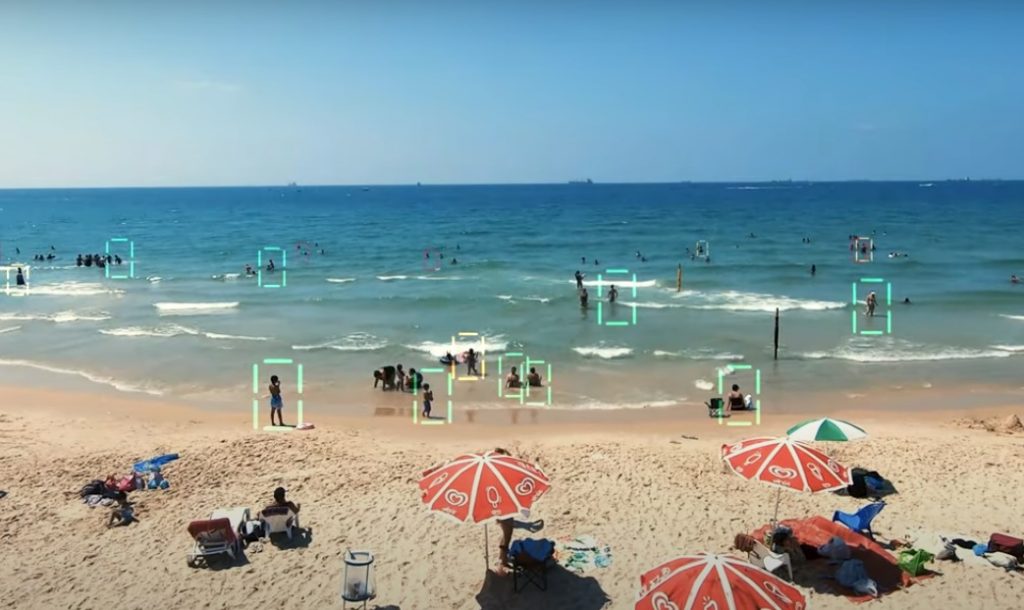
The system mapped bathers’ locations, warns of potential drowning hazards, changes in sea data – such as unexpected waves and currents – and provides control over the movement of various populations in general, and young children in particular.
In addition to its real-time alerts, water hazards, and warnings to swimmers, Sightbit also provides crowding management solutions, updates on weather conditions, and offers estimates on how many lifeguards are needed on a given day to safely monitor swimmers.
It will continue to do so this summer in Israel as tourists begin to trickle in again following the easing of travel restrictions due to the COVID-19 pandemic.
“We have a long coastline in Israel and we are glad to announce we have conquered most of it. So in any place that there is a beach, Sightbit is operating there,” says Eliav, “So this is a great thing — we started with POC and pilots at Palmachim and now there is an actual product.”
Related posts

Editors’ & Readers’ Choice: 10 Favorite NoCamels Articles

Forward Facing: What Does The Future Hold For Israeli High-Tech?

Impact Innovation: Israeli Startups That Could Shape Our Future


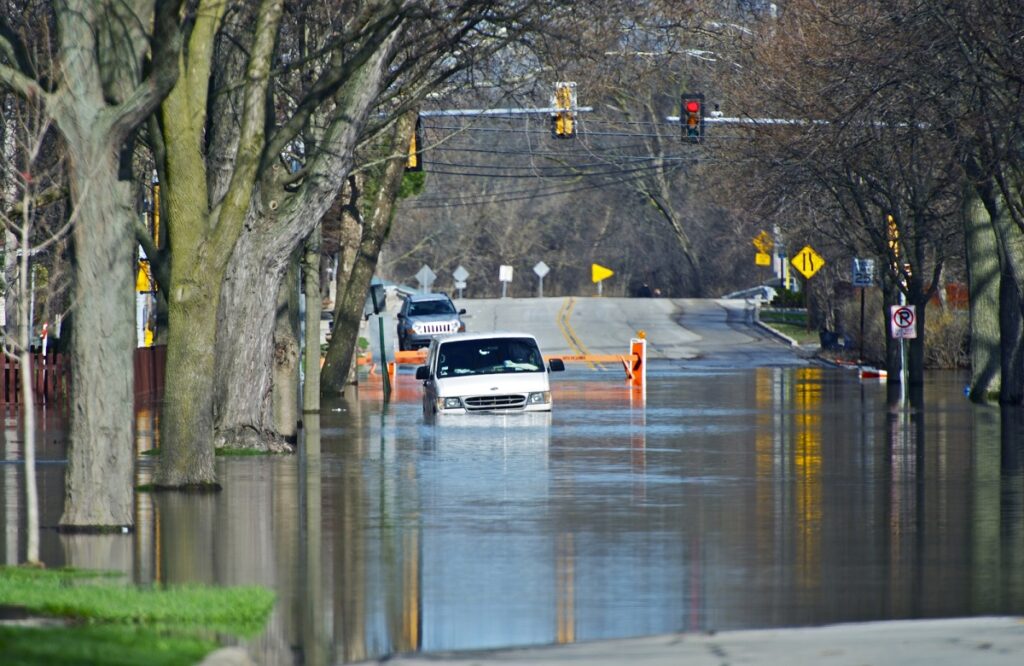

Facebook comments